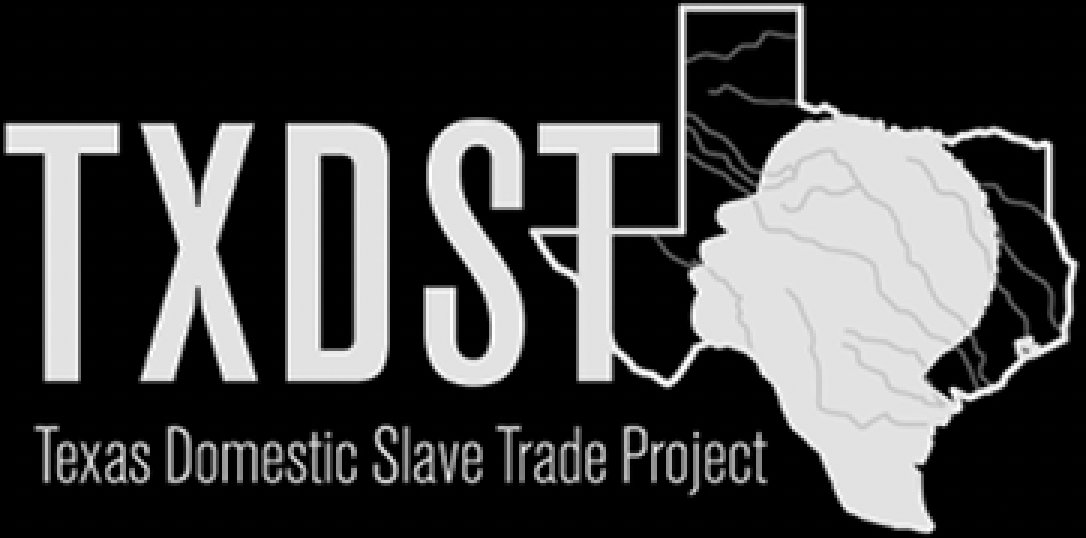
Waller County
Understanding Slavery from Top down and Bottom Up
Jared Kirby and Slavery’s Political Economy on the Brazos, 1848-1865
Students from Prairie View A & M University created an interactive Timeline of Jared Kirby’s life
Jared Ellison Kirby, accompanied by his first wife Indiana Eugenia Tate Kirby and his parents (Henry and Sarah Kirby) came to Texas from Mississippi sometime between 1848 and early 1849.1 The Kirby family’s acquisition of property from the Groce family positioned them to quickly transition right into plantation operation as they came with over fifty enslaved people at their command. The property Kirby acquired was east of the Brazos River and gave him direct access to a waterway to get his cotton to market for sale. Certainly, Kirby’s family ties to other local planters, such as the Groce family, would aid him in establishing himself as a local cotton planter.

Kirby expeditiously set-up and expanded his plantation through acquiring additional land east along the Brazos, purchasing more enslaved people, and engaging in local and state politics. Jared’s ascendancy to the status of a Texas socialite positioned him to be a delegate to the State Whig convention in 1852, to run for Lieutenant Governor in 1853, and to serve as an officer in the Confederate Army during the Civil War. Kirby’s wealth and reputation among Texas’s slave owning gentry made him one of the central figures in the local secession movement in Austin County and principal fundraisers during the war. Known for his bad temper, he died in a gun duel in 1865.2
Footnotes
1 https://www.tshaonline.org/handbook/entries/kirby-jared-e; It appears Jared came to Texas to join his father Henry and mother Sarah who purchased land from Jared Groce (his mother’s grandfather).
2 Bowers, Tom M. The Panola Watchman. (Carthage, Tex.), Vol. 6, No. 50, Ed. 1 Wednesday, May 21, 1879, newspaper, May 21, 1879.
